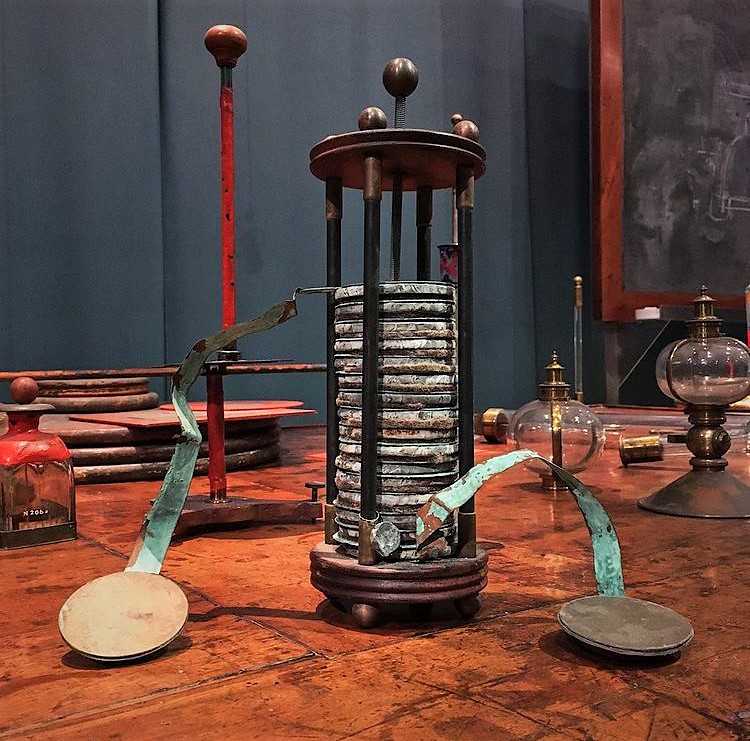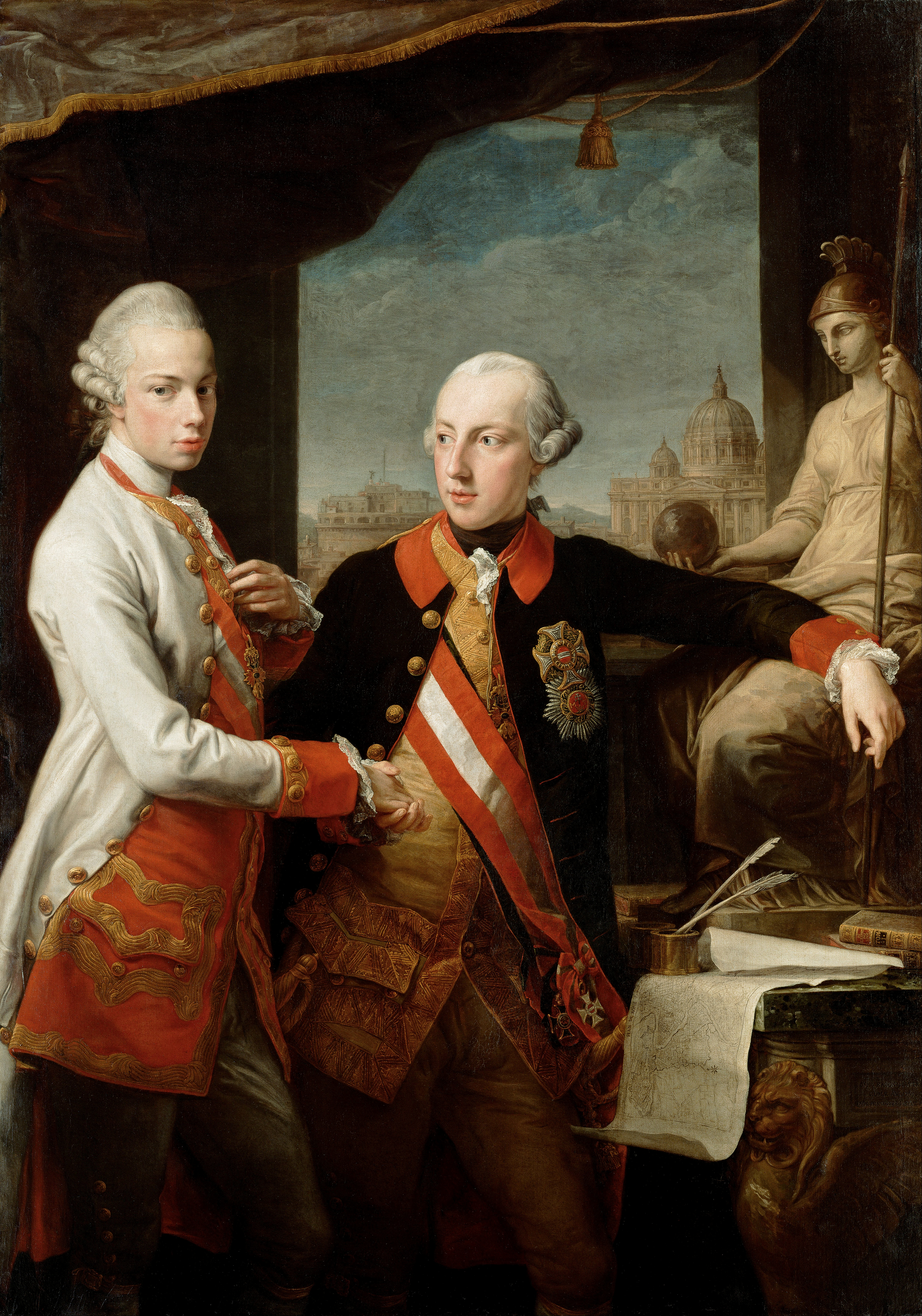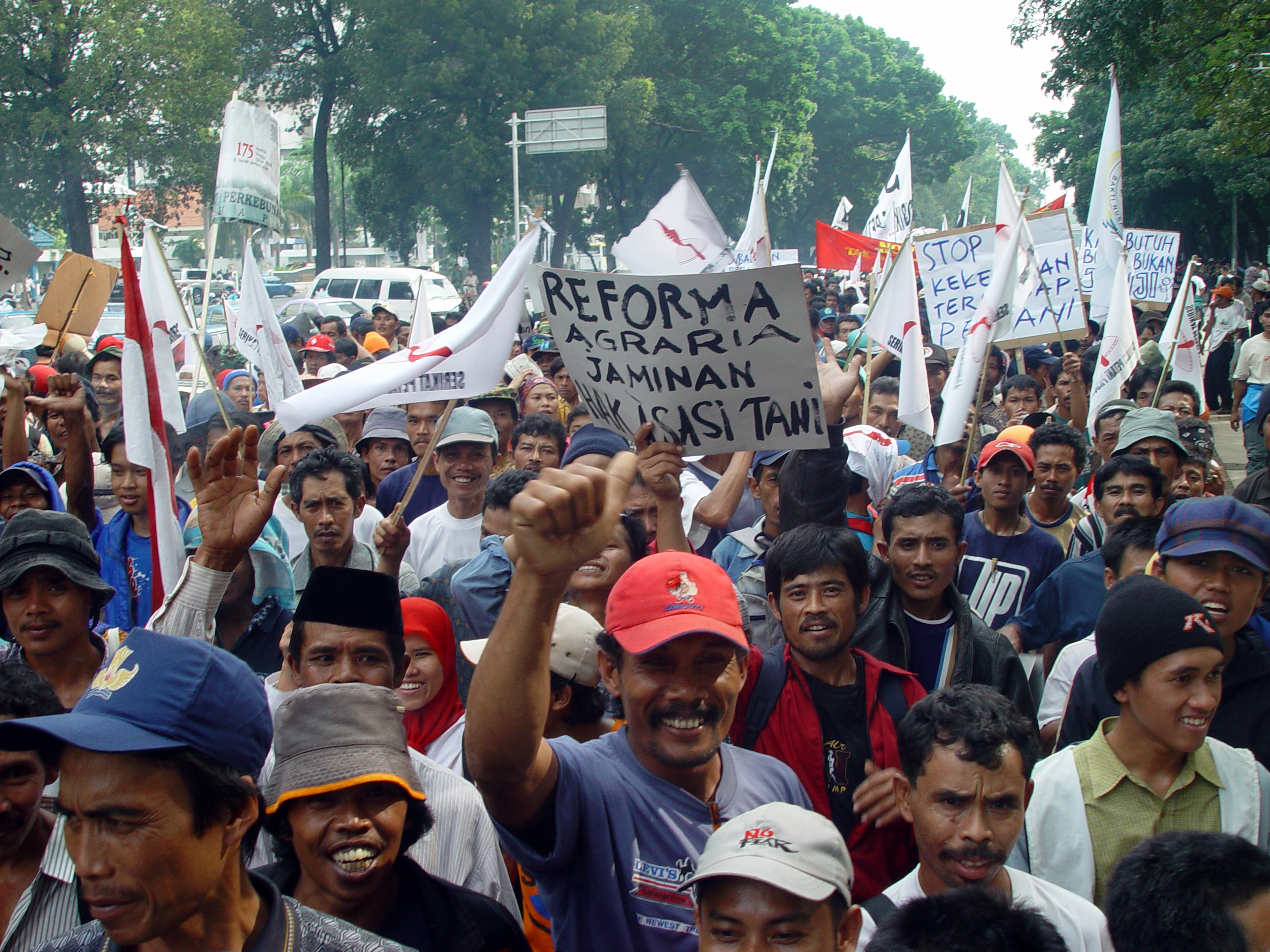|
Giovanni Fabbroni
Giovanni Valentino Mattia Fabbroni (13 February 1752 – 17 December 1822) was an Italian naturalist, economist, agronomist and chemist. Biography Giovanni Valentino Mattia Fabbroni was born in Florence, Italy, the son of Horace and Rosalinda Werner. His mother originated in Heidelberg. In 1775 he collaborated with Felice Fontana in setting up the natural history museum in Florence (''Museo di Fisica e Storia Naturale di Firenze''). From 1777 to 1778 he wrote ''Reflexions sur l'état actuel de l'agricolture'', a work which had a considerable impact on farming in Tuscany. He became a member of the Accademia dei Georgofili in 1783. Fabbroni took on an increasing role in Florentine society as a proponent of economic liberalism and agrarian reform, and was a supporter of Leopold II. He continued to write scholarly works such as ''Dell'Antracite o carbone di cava detto volgarmente carbone fossile'' (1790). During the Napoleonic era, Fabbroni was influential in the develo ... [...More Info...] [...Related Items...] OR: [Wikipedia] [Google] [Baidu] |
Florence
Florence ( ; ) is the capital city of the Italy, Italian region of Tuscany. It is also the most populated city in Tuscany, with 362,353 inhabitants, and 989,460 in Metropolitan City of Florence, its metropolitan province as of 2025. Florence was a centre of Middle Ages, medieval European trade and finance and one of the wealthiest cities of that era. It is considered by many academics to have been the birthplace of the Renaissance, becoming a major artistic, cultural, commercial, political, economic and financial center. During this time, Florence rose to a position of enormous influence in Italy, Europe, and beyond. Its turbulent political history includes periods of rule by the powerful House of Medici, Medici family and numerous religious and republican revolutions. From 1865 to 1871 the city served as the capital of the Kingdom of Italy. The Florentine dialect forms the base of Italian language, standard Italian and it became the language of culture throughout Italy due to ... [...More Info...] [...Related Items...] OR: [Wikipedia] [Google] [Baidu] |
Accademia Dei Georgofili
The Accademia dei Georgofili (Academy of Georgofili) is an educational institution in Florence, Italy. It was established in 1753. The academy has been a historic institution for over 250 years, and is best known for promoting, amongst scholars and landowners, the studying of agronomy, forestry, economy, geography and agriculture. History The Academy of Georgofili was established in Florence at the beginning of June 1753 as a response to an essay by the abbot Ubaldo Montelatici of the order of Canons Regular of the Lateran, who proposed new horizons of agricultural research. It originated from the need to improve agricultural production through rational utilisation of the soil. In 1783 it merged with the Botany Society and received in concession the Giardino dei Semplici (medicinal herb garden). With the Grand Duke Leopold II, Holy Roman Emperor, Peter Leopold of Lorraine, who granted it his protection, the academy acquired notable prestige. It brought to attention many issues fac ... [...More Info...] [...Related Items...] OR: [Wikipedia] [Google] [Baidu] |
Scientists From Florence
A scientist is a person who researches to advance knowledge in an area of the natural sciences. In classical antiquity, there was no real ancient analog of a modern scientist. Instead, philosophers engaged in the philosophical study of nature called natural philosophy, a precursor of natural science. Though Thales ( 624–545 BC) was arguably the first scientist for describing how cosmic events may be seen as natural, not necessarily caused by gods,Frank N. Magill''The Ancient World: Dictionary of World Biography'', Volume 1 Routledge, 2003 it was not until the 19th century that the term ''scientist'' came into regular use after it was coined by the theologian, philosopher, and historian of science William Whewell in 1833. History The roles of "scientists", and their predecessors before the emergence of modern scientific disciplines, have evolved considerably over time. Scientists of different eras (and before them, natural philosophers, mathematicians, natur ... [...More Info...] [...Related Items...] OR: [Wikipedia] [Google] [Baidu] |
Museo Galileo
Museo Galileo (formerly ''Istituto e Museo di Storia della Scienza''; Institute and Museum of the History of Science) is located in Florence, Italy, in Piazza dei Giudici, along the River Arno and close to the Uffizi Gallery. The museum, dedicated to astronomer and scientist Galileo Galilei, is housed in Palazzo Castellani, an 11th-century building which was then known as the Castello d'Altafronte. Museo Galileo owns one of the world's major collection of scientific instruments, which bears evidence of the role that the Medici and Lorraine Grand Dukes attached to science and scientists. The Museo di Storia della Scienza has re-opened to the public under the new name ''Museo Galileo'' since June 10, 2010, after a two-year closure due to redesigning and renovation work. Its name change celebrates the 400-year anniversary of Galileo's '' Sidereus Nuncius'' (''The Starry Messenger''), first published in March of 1610. The museum The museum features the valuable scientific instru ... [...More Info...] [...Related Items...] OR: [Wikipedia] [Google] [Baidu] |
Volta's Pile
upright=1.2, Schematic diagram of a copper–zinc voltaic pile. Each copper–zinc pair had a spacer in the middle, made of cardboard or felt soaked in salt water (the electrolyte). Volta's original piles contained an additional zinc disk at the bottom, and an additional copper disk at the top; these were later shown to be unnecessary. file:VoltaBattery.JPG, upA voltaic pile on display in the ''Tempio Voltiano'' (the Volta Temple) near Volta's home in Como, Italy The voltaic pile was the first electrical battery that could continuously provide an electric current to a circuit. It was invented by Italian chemist Alessandro Volta, who published his experiments in 1799. Its invention can be traced back to an argument between Volta and Luigi Galvani, Volta's fellow Italian scientist who had conducted experiments on frogs' legs. Use of the voltaic pile enabled a rapid series of other discoveries, including the electrical decomposition (electrolysis) of water into oxygen and hydrogen ... [...More Info...] [...Related Items...] OR: [Wikipedia] [Google] [Baidu] |
Electrochemistry
Electrochemistry is the branch of physical chemistry concerned with the relationship between Electric potential, electrical potential difference and identifiable chemical change. These reactions involve Electron, electrons moving via an electronically conducting phase (typically an external electrical circuit, but not necessarily, as in Electroless nickel-phosphorus plating, electroless plating) between electrodes separated by an ionically conducting and electronically insulating electrolyte (or ionic chemical species, species in a Solution (chemistry), solution). When a chemical reaction is driven by an electrical Voltage, potential difference, as in electrolysis, or if a potential difference results from a chemical reaction as in an electric battery or fuel cell, it is called an ''electrochemical'' reaction. Unlike in other chemical reactions, in electrochemical reactions electrons are not transferred directly between atoms, ions, or molecules, but via the aforementioned electron ... [...More Info...] [...Related Items...] OR: [Wikipedia] [Google] [Baidu] |
Metric System
The metric system is a system of measurement that standardization, standardizes a set of base units and a nomenclature for describing relatively large and small quantities via decimal-based multiplicative unit prefixes. Though the rules governing the metric system have changed over time, the modern definition, the International System of Units (SI), defines the metric prefixes and seven base units: metre (m), kilogram (kg), second (s), ampere (A), kelvin (K), Mole (unit), mole (mol), and candela (cd). An SI derived unit is a named combination of base units such as hertz (cycles per second), Newton (unit), newton (kg⋅m/s2), and tesla (unit), tesla (1 kg⋅s−2⋅A−1) and in the case of Celsius a shifted scale from Kelvin. Certain units have been Non-SI units mentioned in the SI#Units officially accepted for use with the SI, officially accepted for use with the SI. Some of these are decimalised, like the litre and electronvolt, and are considered "metric". Others, like ... [...More Info...] [...Related Items...] OR: [Wikipedia] [Google] [Baidu] |
Napoleonic Era
The Napoleonic era is a period in the history of France and history of Europe, Europe. It is generally classified as including the fourth and final stage of the French Revolution, the first being the National Assembly (French Revolution), National Assembly, the second being the Legislative Assembly (France), Legislative Assembly, and the third being the French Directory. The Napoleonic era begins roughly with Napoleon Bonaparte's ''coup d'état'' on 18 Brumaire, overthrowing the Directory (9 November 1799), establishing the French Consulate, and ends during the Hundred Days and his defeat at the Battle of Waterloo (18 June 1815). The Congress of Vienna soon set out to restore Europe to pre-French Revolution days. Napoleon brought political stability to a land torn by revolution and war. He made peace with the Catholic Church and reversed the most radical religious policies of the National Convention. In 1804, Napoleon promulgated the Civil Code, a revised body of civil ... [...More Info...] [...Related Items...] OR: [Wikipedia] [Google] [Baidu] |
Leopold II, Holy Roman Emperor
Leopold II (Peter Leopold Josef Anton Joachim Pius Gotthard; 5 May 1747 – 1 March 1792) was the penultimate Holy Roman Emperor, as well as King of Hungary, Croatia and King of Bohemia, Bohemia, and List of rulers of Austria, Archduke of Austria from 1790 to 1792, and List of rulers of Tuscany, Grand Duke of Tuscany from 1765 to 1790. He was a son of Empress Maria Theresa and Emperor Francis I, Holy Roman Emperor, Francis I, and the brother of Queen Marie Antoinette of France, Queen Maria Carolina of Austria, Maria Carolina, Duchess Maria Amalia of Parma, and Emperor Joseph II. Leopold was a moderate proponent of enlightened absolutism like his brother Joseph II, Holy Roman Emperor, Joseph II. He granted the Accademia_dei_Georgofili, Academy of Georgofili his protection. Unusually for his time, he opposed the death penalty and torture and abolished it in Grand Duchy of Tuscany, Tuscany on 30 November 1786 during his rule there, making it the first nation in modern history to do s ... [...More Info...] [...Related Items...] OR: [Wikipedia] [Google] [Baidu] |
Agrarian Reform
Land reform (also known as agrarian reform) involves the changing of laws, regulations, or customs regarding land ownership, land use, and land transfers. The reforms may be initiated by governments, by interested groups, or by revolution. Land reform is often considered a contentious process, as land is a key driver of a wide range of social, political and economic outcomes. The structure and distribution of land rights has been linked to state formation, economic growth, inequality, political violence, and identity politics, making land reform highly consequential for the long-term structures of society. Overview Land reform may consist of a government-initiated or government-backed property redistribution, generally of agricultural land. Land reform can, therefore, refer to transfer of ownership from the more powerful to the less powerful, such as from a relatively small number of wealthy or noble owners with extensive land holdings (e.g., plantations, large ranches, or a ... [...More Info...] [...Related Items...] OR: [Wikipedia] [Google] [Baidu] |
Economic Liberalism
Economic liberalism is a political and economic ideology that supports a market economy based on individualism and private property in the means of production. Adam Smith is considered one of the primary initial writers on economic liberalism, and his writing is generally regarded as representing the economic expression of 19th-century liberalism up until the Great Depression and rise of Keynesianism in the 20th century. Historically, economic liberalism arose in response to feudalism and mercantilism. Economic liberalism is associated with markets and private ownership of capital assets. Economic liberals tend to oppose government intervention and protectionism in the market economy when it inhibits free trade and competition, but tend to support government intervention where it protects property rights, opens new markets or funds market growth, and resolves market failures. An economy that is managed according to these precepts may be described as a liberal economy or o ... [...More Info...] [...Related Items...] OR: [Wikipedia] [Google] [Baidu] |







